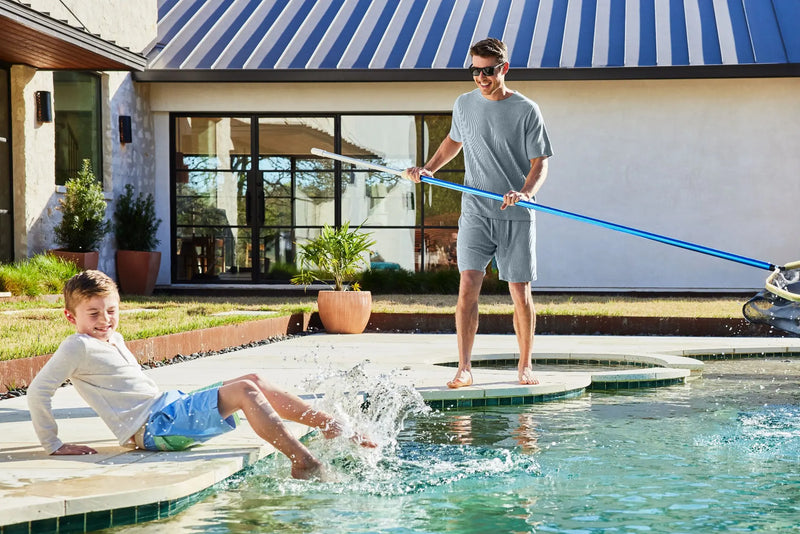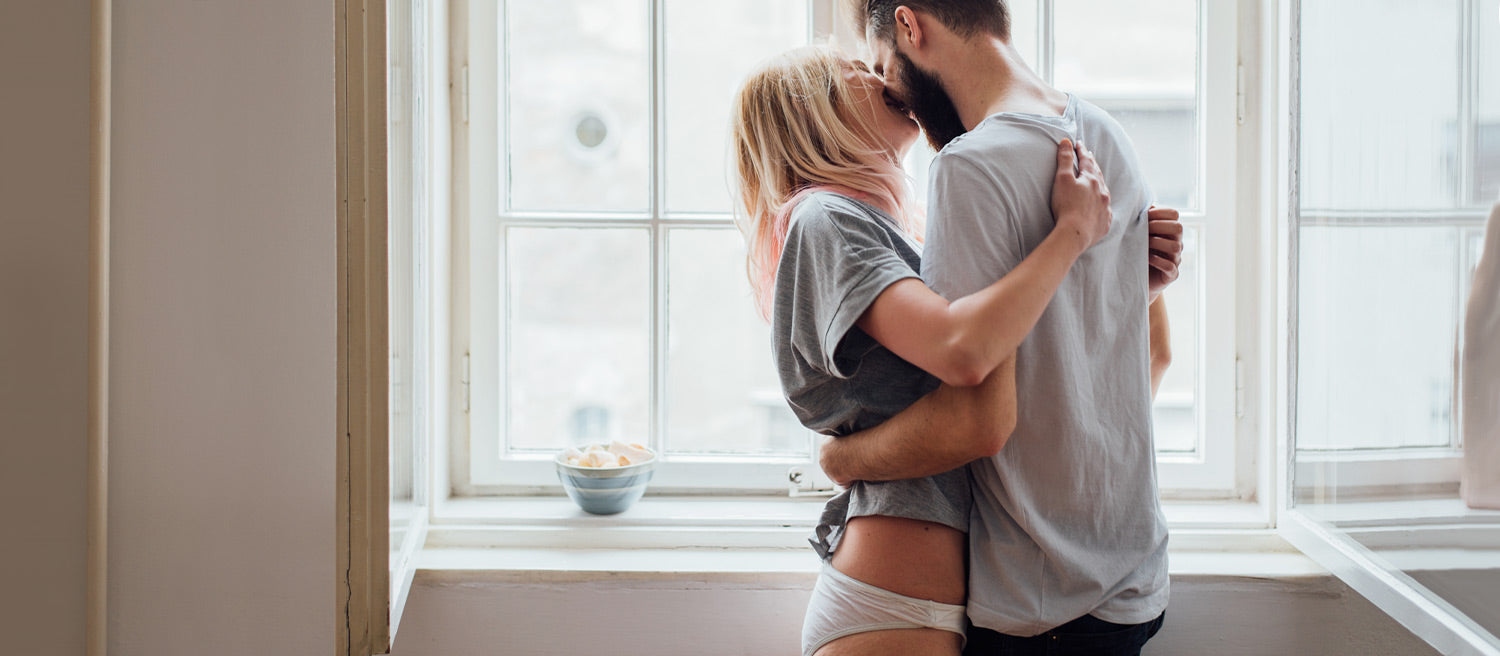Tommy John Blog
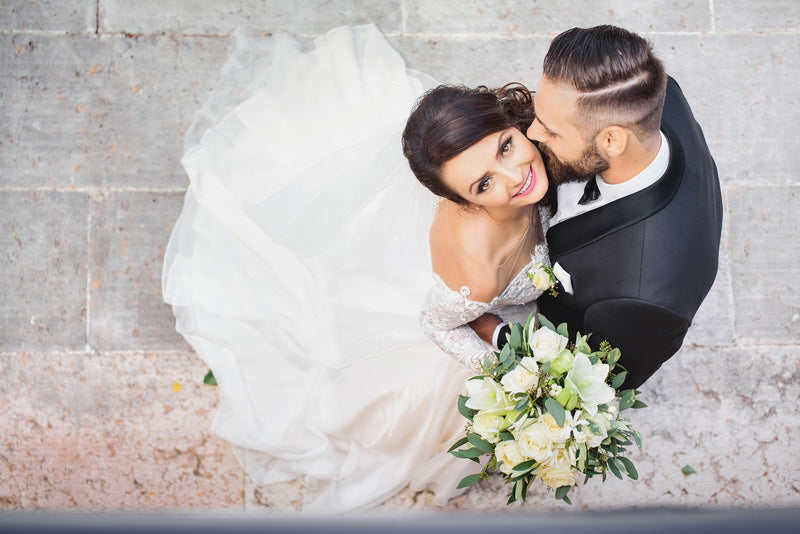
How to Pick the Right Underwear for a Wedding

Tips to Use Your Undergarments Wisely When Traveling
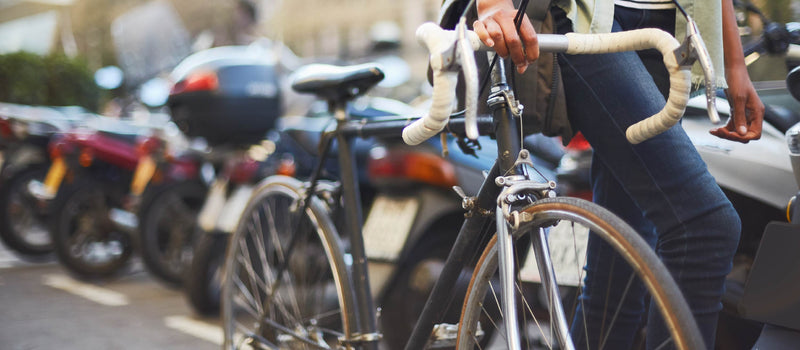
How to Make the Most of Your Commute
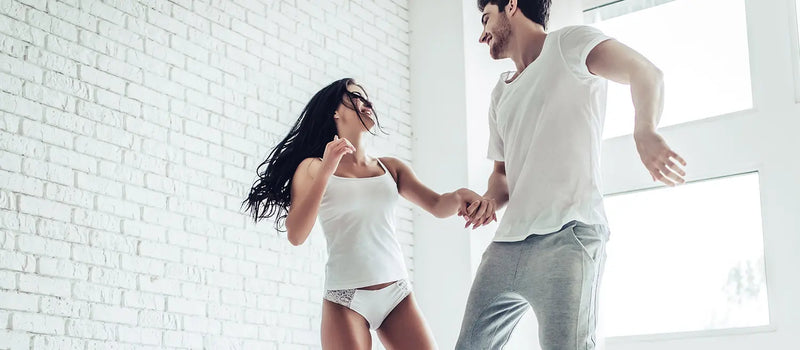
Comman-DO or Comman-DON’T: How Americans Feel About Ditching Their Undies
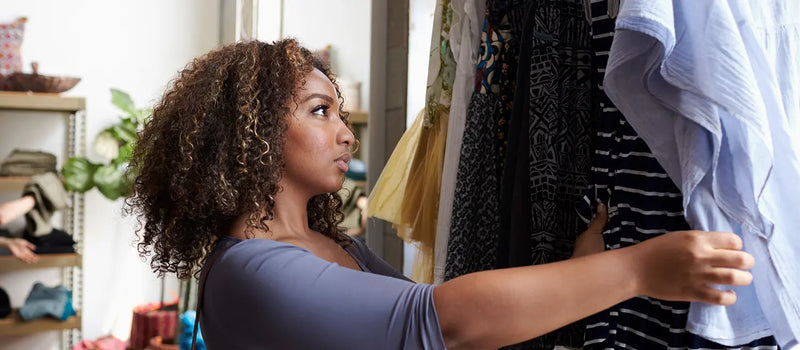
The State of Fashion: 100+ Fashion Industry Statistics (2022)
![America’s Holey Secrets: 74% of Americans Have Rocked Underwear With Holes [Survey]](http://www.tommyjohn.com/cdn/shop/articles/holey.webp?v=1659548657&width=800)
America’s Holey Secrets: 74% of Americans Have Rocked Underwear With Holes [Survey]
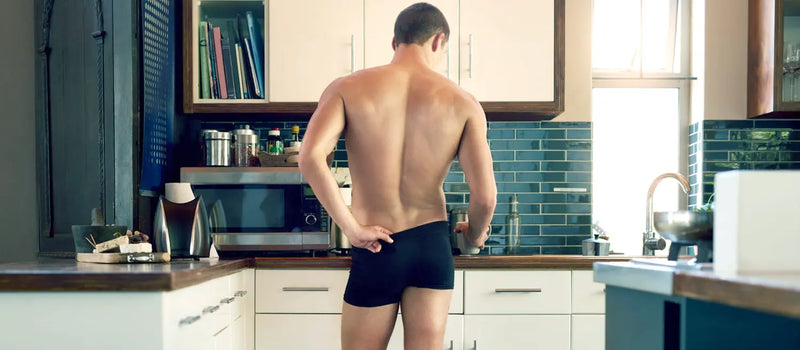
Men’s Underwear Types: The Ultimate Guide
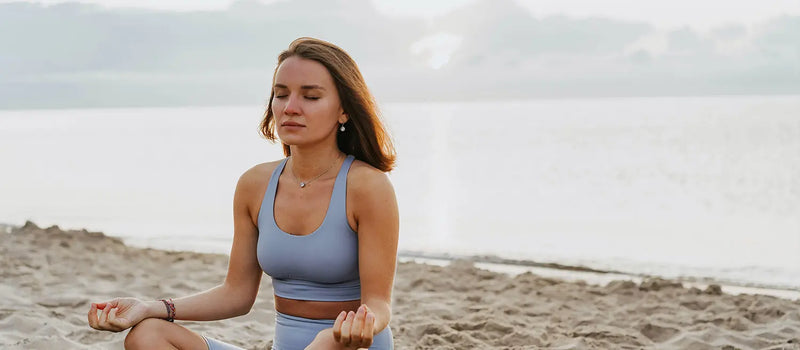
9 Morning Breathing Exercises for Relaxation and Stress Management
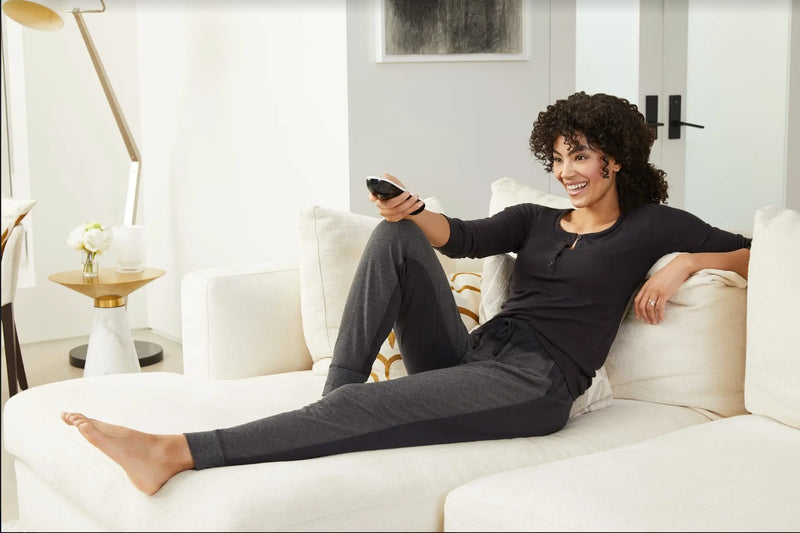
Essential Loungewear for Self Care Days
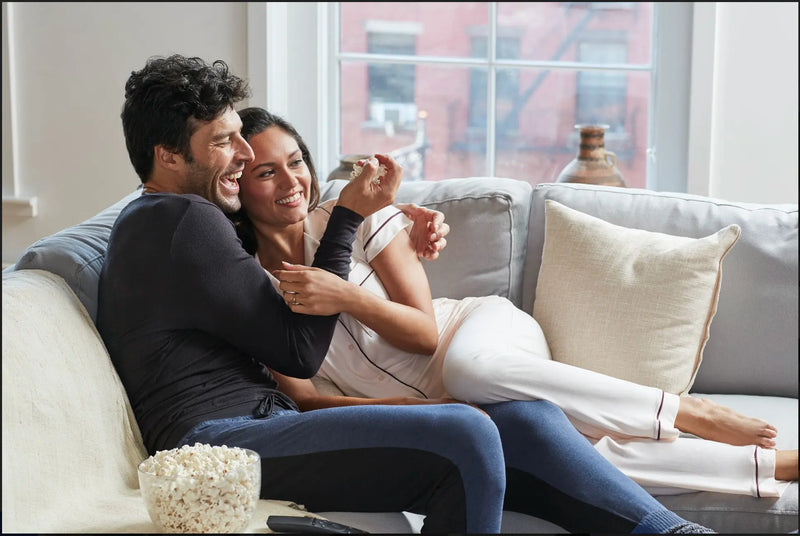
What is the Purpose of Loungewear
